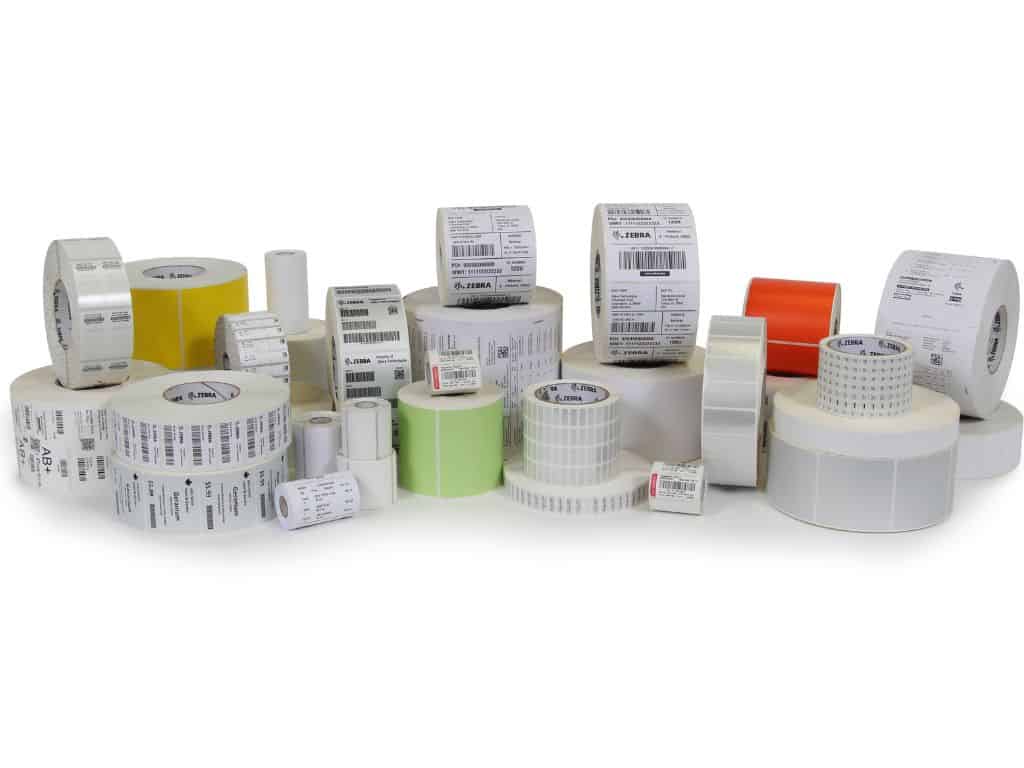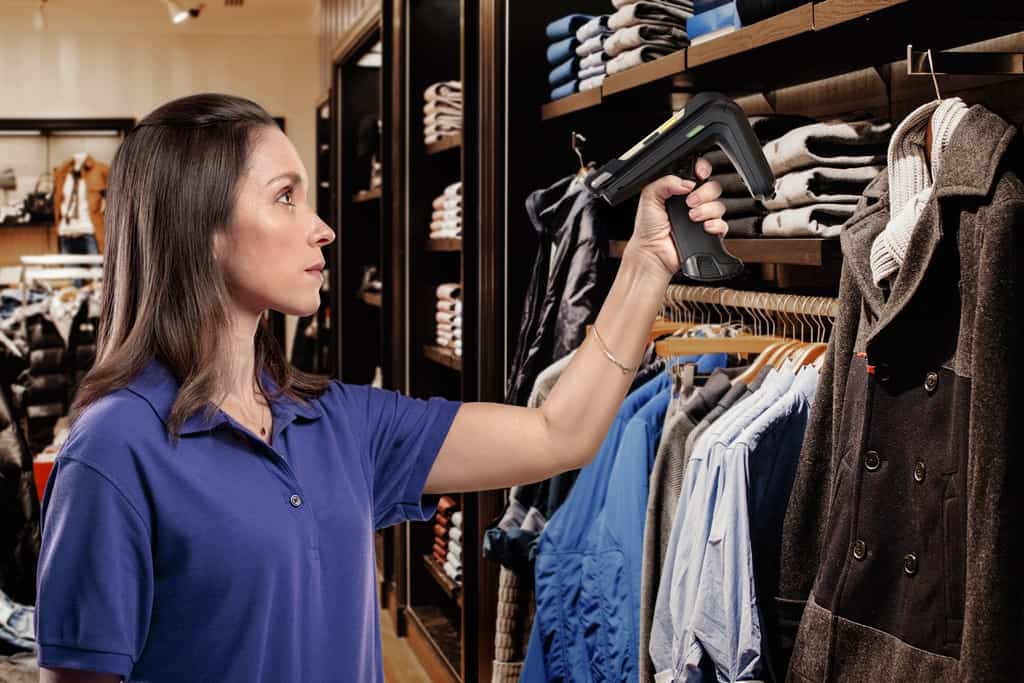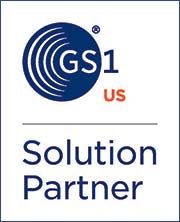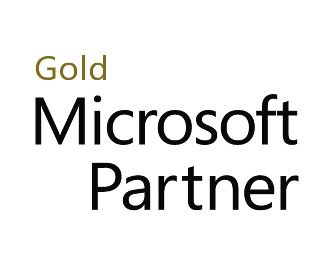Partner Blog
By: Barry J. Ewell / Honeywell
Enterprise leaders are hyper-focused on evaluating and reducing operating expenses associated with purpose-built ruggedized devices. Choosing a suitable device comes from assessing various quantifiable variables contributing to the total cost of ownership (TCO). The result is a mobile deployment that can increase workforce/workflow productivity, task accuracy, and measurable return on investment (ROI).
This article will focus on the ruggedized device TCO and how enterprises can effectively manage and optimize the variable/soft costs that contribute to device TCO with Honeywell Operational Intelligence.
Eighty-one Percent of TCO Attributed to Post Deployment Costs
A (TCO) analysis provides essential insight for aligning the ‘right’ mobile solutions with the target application or use case. The study helps the organization define the difference between short-term (purchase price) and the device’s long-term costs or TCO.
At Honeywell, we support national, multinational or global enterprises with our world-class Managed Mobile Services with over 1.9+ million devices that are under managed agreement. We have a birds-eye view regarding the pros and cons of how to manage a mobile estate of varying complexities best. Costs are related to areas such as
· Device deployment – Putting devices in the hands of your employees quickly and securely
· Helpdesk support – Providing customer-specific support for issue resolution and end-user service
· Maintenance Support – Ensuring devices are ready for mission-critical operations
· Secure administration –The day-to-day administration of your mobile device management (MDM) environment
· Integrated intelligence – Getting mobility intelligence to help better manage mobile devices
VDC Research Group recently published a report outlining the TCO for ruggedized mobile solutions across industries and providing insights into the leading challenges that contribute to TCO. VDC contributed 81% of ruggedized hand-held device TCO to post-deployment costs such as deployment and training, support costs, and the costs of downtime. 1 Consider the following VDC findings:
Hardware damage. Causes of hardware failure are far-reaching and include
· Hardware-specific failures (dropping the device, water, temperature, vibration. Other consequences of device failure include employee frustration and the potential of lost sales in areas such as retail.
· Software and application failures to network connectivity.
· Battery performance because 75% of batteries do not last an entire shift, 1 and batteries erode over time and are not be replaceable. Organizations overcompensate by having a larger than required spare pool of devices and batteries.
· Environmental conditions such as poor interfacing with a device when using gloved or wet hands, in direct sunlight or extreme temperature and vibration.
Increased failure rates raise the cost of buffer/spare pool stock needed to replace a broken device when one is being fixed. The greater the device failure rate, the bigger and more expensive buffer is required.
Loss of worker productivity. The most significant contributor to mobile device TCO is the mobile worker’s loss of productivity and the time and staff required to support mobile devices. Each device failure results in 60 to 110 minutes in lost worker productivity. Another 40-60 minutes are typically lost in IT support for each mobile solution failure. 1 Soft costs occur because of
· Carrier and administrative costs associated Helpdesk and associated tools. Consumer devices generate more calls resulting in overall high charges.
· Device commissioning time and cost. Some consumer devices can only be commissioned one at a time. Fixing a mobile solution including a software reload averages 87 minutes. 1
· 23% of device failures are reported as no fault found1
· Costs of staff and non-staff in the refresh cycle of buying, storing, building, planning, deploying, recovery old kit and disposal.
· IT staff’s inability to remotely update/redeploy software, view or interact with a device, properly diagnose problems, review device logs.
· The worker continues working with pen and paper until they can access a new device.
The average annual total cost of ownership—including upfront acquisition, deployment and training costs, support costs, and the cost of downtime—of the purpose-built device is $2,000 to $3,000, depending on the form factor. These hidden costs average $8,366.00 over five years. 1 Many companies lack the needed information about these assets to have a direct effect on TCO. This makes it harder to maintain the ruggedized devices, which can affect long-term performance and productivity. The result, as outlined, can be costly disruptions and unnecessary expenses.
How Honeywell Operational Intelligence Helps Reduce Device TCO
Honeywell Operational Intelligence is a centralized platform to manage the complete lifecycle, operational visibility, and performance information of assets, people, and tasks deployed in the cloud or on the premises. This helps maximize performance for optimal productivity and profitability while systemizing workflows and aggregating and analyzing real-time information from all devices.
Operational intelligence has solutions that address 85% of the leading issues contributing to the device TCO. Operational Intelligence bridges the productivity gap commonly missed by asset management or mobile device management solutions. For example,
· Unlike MDMs, Operational Intelligence enables you to predict upcoming problems before they happen and gain business insights into your operations where none existed before.
· Unlike other asset intelligence platforms, Operational Intelligence enables you to set up automation at the edge to manage issues in real-time and use new tools that will allow you to act on the actionable insights, all without requiring an additional MDM.
· Automation Solution alerts workers on how to resolve and address business issues – be it hardware issues or ensuring social distancing guidelines are being met – when they happen
· Actionable Insights & Alerts predict issues before they happen and inform customers in real-time.
· Asset Management with remote device triaging allows customers all the data and tools to remotely access devices and makes changes on the fly.
Honeywell Operational Intelligence is the sum of what our customers told us they needed for a robust solution to manage the operational lifecycle of their mobile device estates productivity. Operational intelligence includes three pillars.
Actionable Insights
Predicts issues before they happen or alerts in real-time.
· Device Performance Monitoring. You can automatically collect performance data from Honeywell devices such as mobile computers, printers and barcode scanners. View a detailed device performance analysis dashboard, including battery health, scan and print volumes, and device usage levels. And you are provided a real-time view of software, firmware and security update versions.
· Mobile Device Performance. Logs device performance such as scanning, reboots, usage, drops, applications and network usage
· Printer Performance. Provides status on the printhead, media and ribbons. Get a detailed overview of media consumption, alerts, events, FW levels, security monitory and alerts. Also provides detailed printer-specific performance such as volume, battery health, temperature, print head, media/ribbon, printer settings, memory, verifier, utilization and security.
· Scanner Performance. Provides details on scan volume, properties and events. Gain scanner-specific performance on usage, battery, connectivity, Wi-Fi parameters and Bluetooth.
Workflow Automation
Alerts workers on how to address issues when they happen and supports staff on preventing issues before they happen.
· Battery Health. Keep close tabs on battery health and low battery for frontline workers.
· Device Recovery. Device finder quickly finds lost Mobility Edge devices that are on or offline.
· Device Health. Provides proactive cleaning task assignments and compliance monitoring.
· Asset Check-out. Gain fully visible worker self-service asset checkout.
· Social Distancing User Alerts. Alerts workers when they are not in compliance with established social distancing protocols.
Asset Management
Remote device triaging to enable real-time troubleshooting.
· Standardize IT Asset Data. Along with Honeywell mobile computers, manage IoT devices, including Honeywell scanners and printers. You have bulk device enrollment and auto device discovery and enrollment. The device onboarding can be done via QR code or XML file. Includes kiosk mode launcher and industrial browser.
· Software. Provides software version monitoring. Update software for OS, firmware, security patches, and applications. Includes the latest available Honeywell software built-in advanced device grouping. Get and schedule configuration updates through Enterprise provisioner.
· Remote Device Control. Provides device remote wipe and device remote control and file browser.
Operational Intelligence is Part of the Honeywell Supply Chain Software Suite
Honeywell has released a suite of enhanced supply chain software featuring digital disruptors to provide a powerful solution to help enterprises achieve their need for increased efficiencies and deliver better customer experiences.
The suite is installed on Honeywell mobile computers such as the Mobility Edge platform ruggedized mobile computers: Honeywell CT40, CT40XP, CT60, CT60XP, CN80, CN80G, CK65, RT10A, and Thor VM1A, and VM3A. Managers and workers alike can receive real-time visibility from information and analytics. Managers can make automated data-driven decisions on the fly using machine learning to help solve and keep problematic situations from happening. The suite includes Fareye, Honeywell Operational Intelligence, and Honeywell Smart Talk.
The three solutions have an open API architecture, allowing businesses to integrate these applications with other work-essential systems to provide workers an extensive view of the workflows around them. Greater visibility can be achieved by centralizing data that is often scattered throughout the organization, giving workers greater transparency when accessing real-time data.
These applications can be found in the Honeywell Marketplace, an enterprise app store that enables customers to discover, evaluate and download business-critical software for a wide range of industries.
Conclusion
Honeywell Operational Intelligence is a centralized, cloud-based platform to manage the complete lifecycle, operational visibility and performance information of assets, people and tasks. It bridges the productivity gap commonly missed by asset management or mobile device management solutions. The software platform enables workers and enterprises to predict upcoming problems before they happen and gain critical business insights. The software now has a Smart Actions feature, alerting workers on how to resolve and address business issues – be it hardware issues or ensuring social distancing guidelines are being met – when they happen.
To learn more about how Honeywell Operational Intelligence can help drive operational performance and lower TCO for ruggedized devices, contact a Lowry Solutions representative at 888-881-2477
1VDC Research Group, Inc. | Enterprise Mobility, “Total Cost of Ownership Models for Line of Business Mobile Solutions,” December 2018.
###









